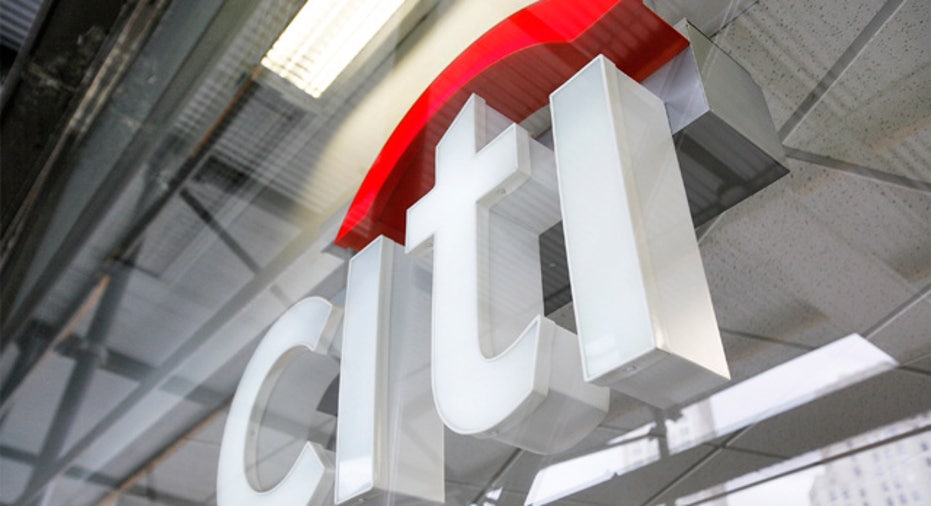Largest U.S. Banks Pass Stress Tests

The 31 largest U.S. banks all passed a second round of federally-mandated stress tests administered to determine whether the banks could withstand another financial crisis, according to results released Wednesday by the Federal Reserve.
Notably among the largest U.S. banks deemed too-big-to-fail, Citigroup (NYSE:C) passed the test after failing several earlier efforts.
Citi can now submit a dividend plan for approval to the Fed that would allow the bank to raise the dividend paid out to investors. Citi, which was hard hit during the 2008 financial crisis, hasn’t raised its dividend since the crisis.
The Fed, which administered the tests, rejected the capital plans for the U.S. operations of two big foreign banks -- Germany’s Deutsche Bank (NYSE:DB) and Spain’s Santander (NYSE:SAN). Both rejections were expected.
The Fed is also requiring Bank of America (NYSE:BAC), which had solid capital numbers in the stress test results released last week, to resubmit its plan by end of the third quarter.
But the Fed did not formally reject BofA’s plan, requesting that the bank address certain “weaknesses” in capital planning before the central bank will approves BofA’s dividend and stock buyback plans.
The banks required to undergo the Fed’s stress tests are a who’s who of banks often feared too-big-to-fail, including Citigroup, J.P. Morgan Chase (NYSE:JPM), Bank of America, Goldman Sachs (NYSE:GS) and Wells Fargo (NYSE:WFC).
The stress test results -- the second part of a two-part process -- were required under the Dodd Frank banking reform legislation passed in 2010 in the wake of the financial crisis.
The tests, known formally as the Comprehensive Capital Analysis and Review, reveal how the banks would respond under hypothetical circumstances similar or worse than that led to the credit crisis that nearly dragged down the global economy seven years ago.
Essentially, the tests determine whether the banks can withstand another sharp recession by looking at the banks’ capital levels and by reviewing the banks’ the plans to avert a crisis should the economy turn sour again.
“Our capital plan review helps ensure that the capital distribution plans of large banks will not compromise their ability to continue lending to businesses and households even during a period of serious financial stress,” Federal Reserve Gov. Daniel K. Tarullo said in a statement. “It also provides a structured assessment of their risk management capacities.”
This is the fifth year the Fed has administered the tests and the central bank said all of the largest U.S. banks have “substantially” increased their capital levels since the first round of tests were given in 2009.
The 31 banks tested this year represent more than 80% of assets held by domestic bank holding companies, or $14 trillion as of the fourth quarter of 2014, according to the Fed.



















